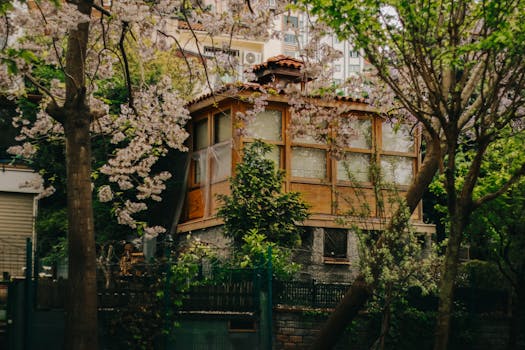
Urban Green Spaces: The Future of Outdoor Living in European Cities by 2025
Urban Green Spaces are becoming increasingly important in European cities, and for good reason. As the world becomes more urbanized, the need for green spaces in cities is becoming more pressing. Not only do urban green spaces provide a peaceful escape from the hustle and bustle of city life, but they also play a crucial role in mitigating the effects of climate change, improving air quality, and promoting physical and mental health.
Introduction to Urban Green Spaces
Urban Green Spaces refer to any area of greenery in an urban environment, including parks, gardens, green roofs, and green walls. These spaces can be found in a variety of locations, from city centers to suburban neighborhoods. Urban Green Spaces are not just aesthetically pleasing; they also provide a range of ecosystem services that benefit both the environment and human health.
The Importance of Urban Green Spaces in European Cities
European cities are leading the way in incorporating urban green spaces into their urban planning. Cities such as Copenhagen, Stockholm, and Amsterdam have made significant investments in green infrastructure, recognizing the numerous benefits it provides. From reducing urban heat islands to promoting biodiversity, urban green spaces are a vital component of sustainable urban planning.
Benefits of Urban Green Spaces
The benefits of urban green spaces are numerous and well-documented. Some of the most significant advantages include:
- Improved Air Quality: Urban green spaces help to remove pollutants from the air, improving air quality and public health.
- Climate Change Mitigation: Green spaces can help to reduce the urban heat island effect, which can lower temperatures and reduce the need for air conditioning.
- Physical and Mental Health: Spending time in nature has been shown to reduce stress levels, improve mood, and promote physical activity.
- Increased Biodiversity: Urban green spaces can provide a habitat for a range of plant and animal species, promoting biodiversity and ecosystem health.
Case Studies: Urban Green Spaces in European Cities
Several European cities are leading the way in urban green space design and implementation. Some notable examples include:
- Copenhagen’s Green Roofs: Copenhagen has implemented a range of green roofs throughout the city, providing insulation, reducing stormwater runoff, and creating habitats for wildlife.
- Stockholm’s Royal National City Park: This 27-square-kilometer park is one of the largest urban national parks in the world, providing a range of recreational activities, habitats for wildlife, and ecosystem services.
- Amsterdam’s Green Walls: Amsterdam has incorporated green walls into its urban landscape, providing insulation, reducing air pollution, and promoting biodiversity.
Conclusion: The Future of Urban Green Spaces in European Cities
As we look to the future, it is clear that urban green spaces will play an increasingly important role in shaping the outdoor living experience in European cities. By incorporating green infrastructure into urban planning, cities can promote sustainability, improve public health, and enhance the overall quality of life for residents. As we approach 2025, it is essential that cities prioritize the development and maintenance of urban green spaces, ensuring a healthier, more sustainable future for generations to come.






